Originally established in 1983 at Palazzo Pitti and renowned as the ‘Galleria del Costume,’ it was the very first state museum dedicated to tracing the history of fashion, haute couture, and the evolution of attire throughout the ages.
The recently unveiled collection in the revamped Museum, launched in mid-July of the current year, 2024, boasts a repertoire exceeding 15,000 items, encompassing garments, headwear, footwear, and more. These artifacts vividly depict the transformation of fashion from the 18th century to contemporary times: a rich exhibit housed within the Palazzina della Meridiana, in the southern flank of Palazzo Pitti.
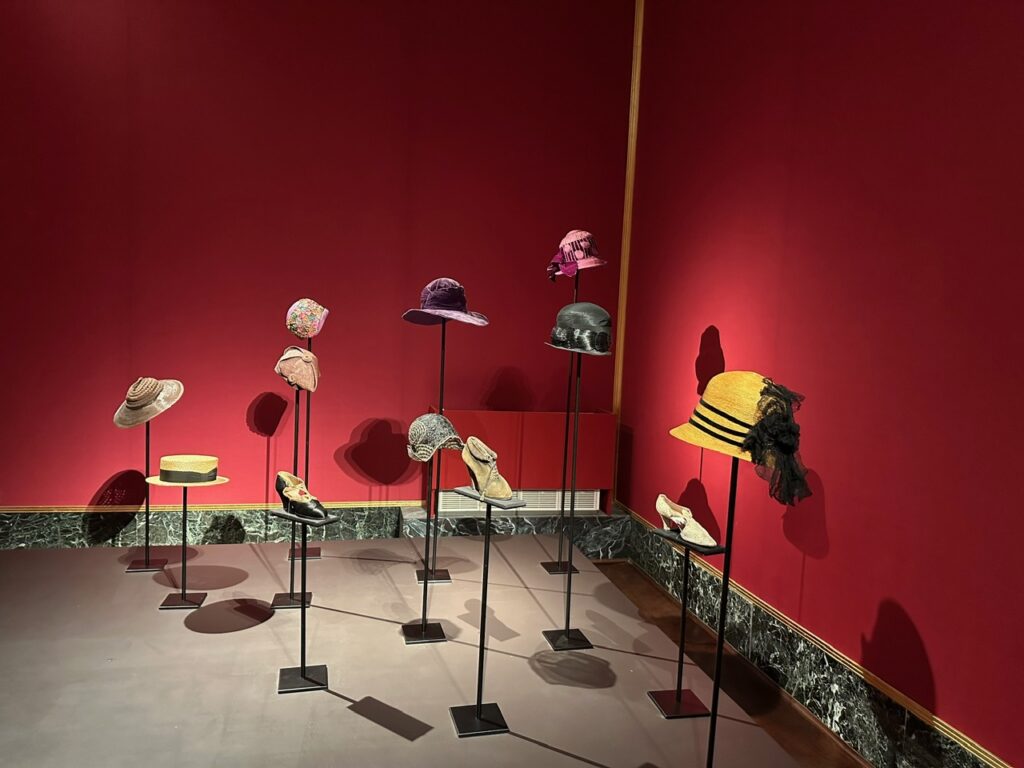
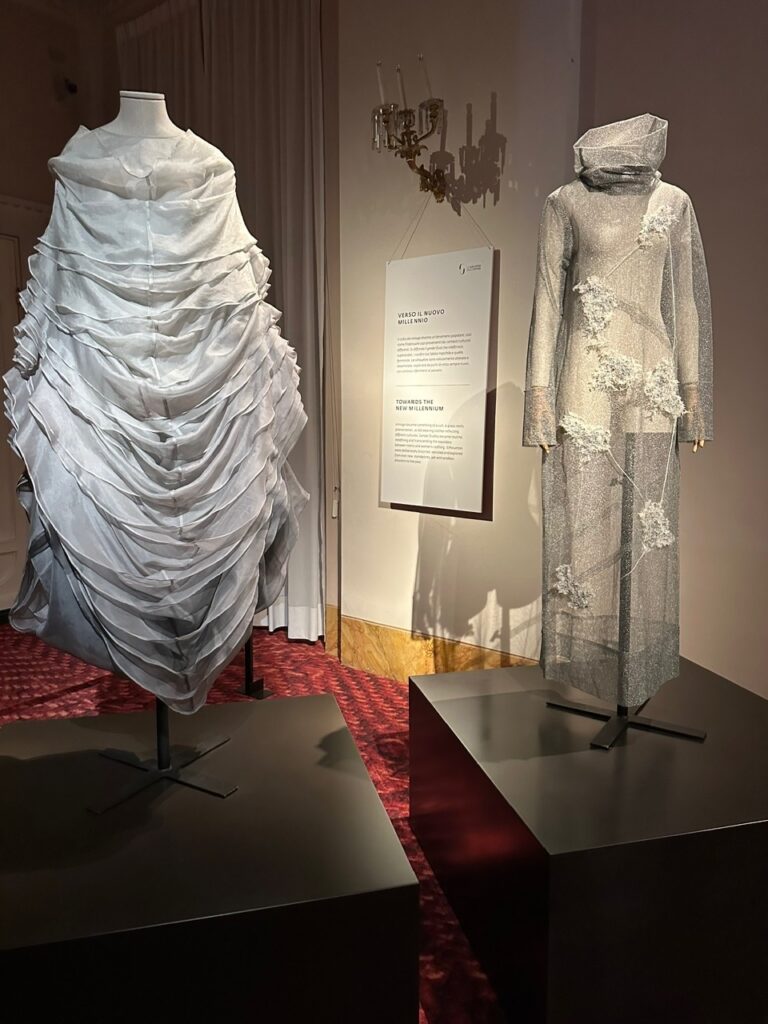
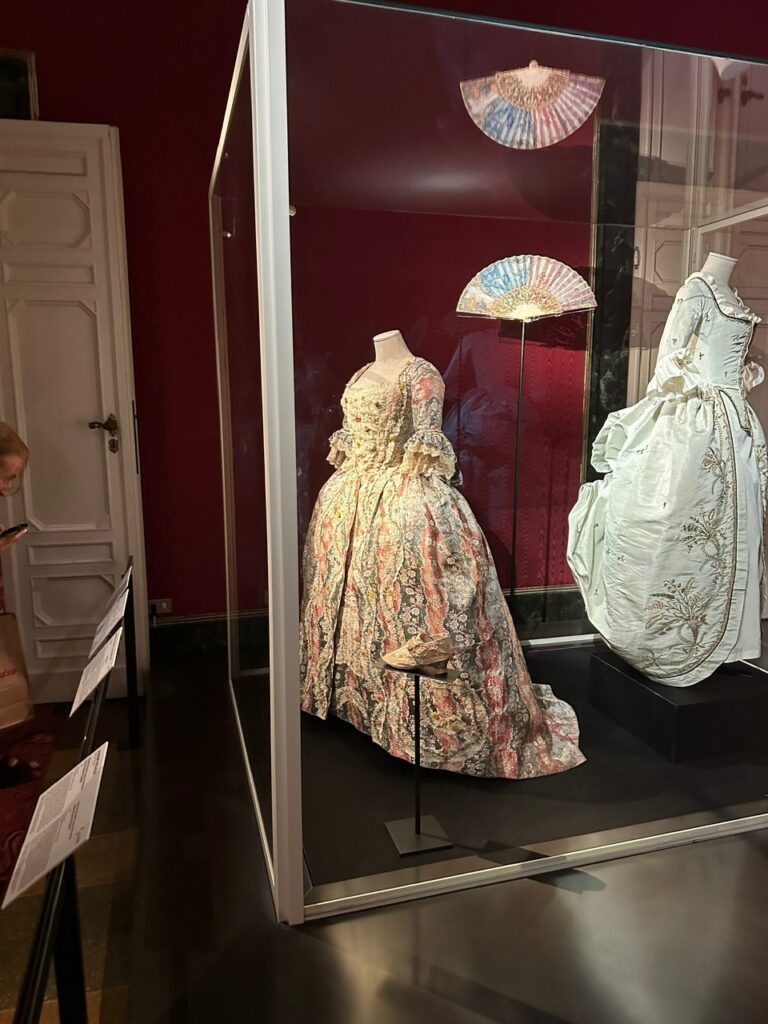
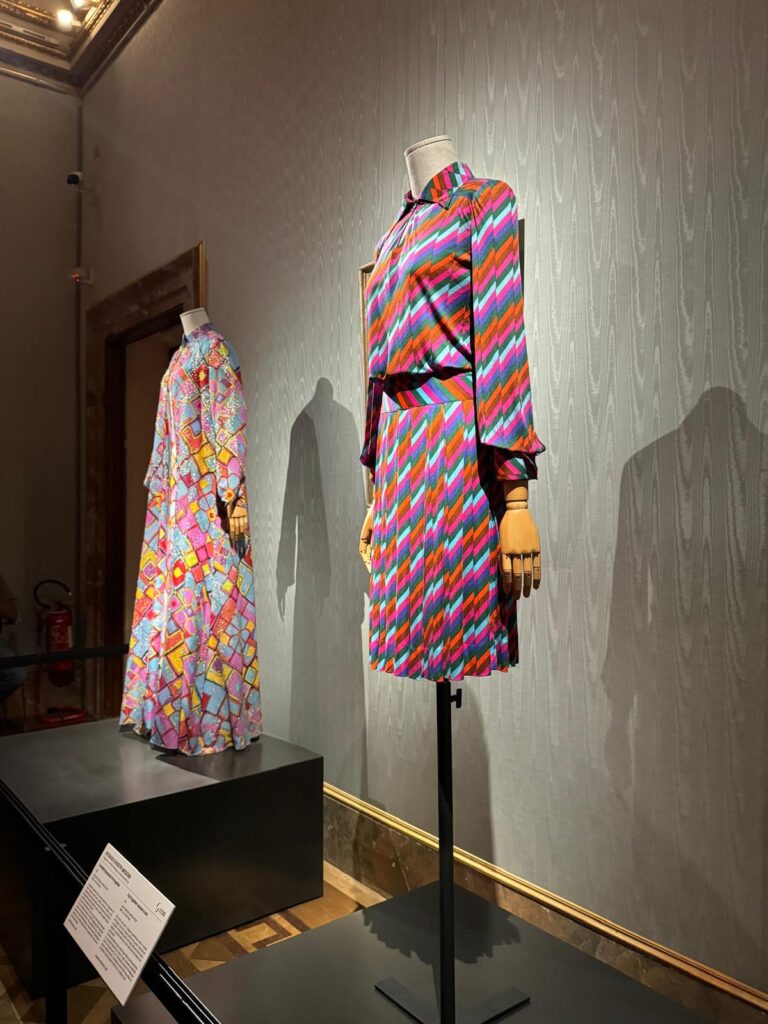
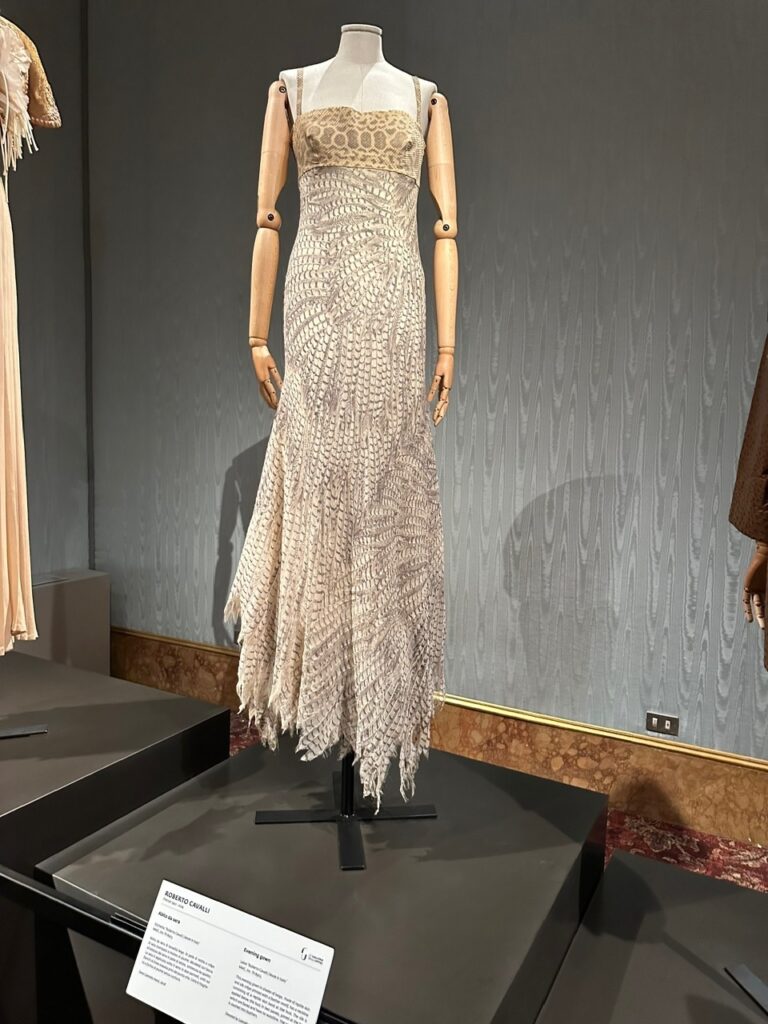

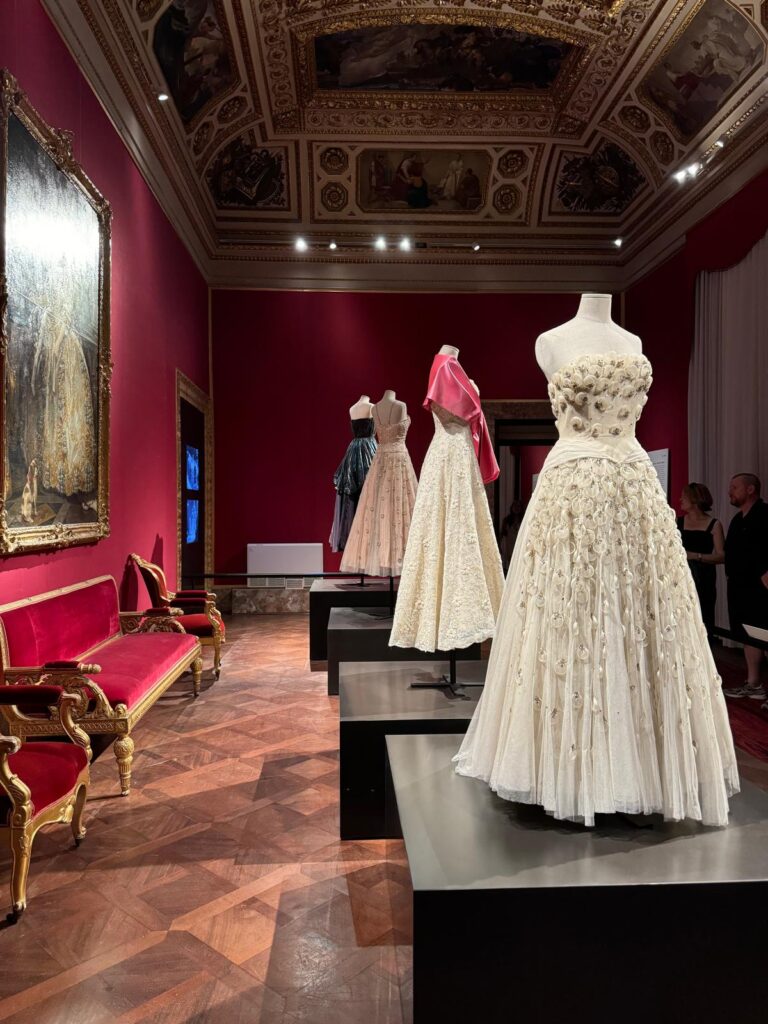
The exhibition not only showcases 18th-century clothing and fashion accessories but also includes jewelry, costume jewelry, undergarments, and stage costumes worn by globally acclaimed film and entertainment personalities in famous films, theaters, and operas.
The entrance ticket includes a tour of significant spaces, such as the Palatine Gallery and the Royal and Imperial Apartments, housing a remarkable array of masterpieces by the great Raphael, Titian, Tintoretto, Caravaggio, and Rubens. Additionally, visitors can explore the Treasury of the Grand Dukes, home to the invaluable 'Medici Treasure,' featuring exquisite vases, crystals, and an impressive collection of jewelry.
This experience is a MUST-SEE for those visiting Florence!!!

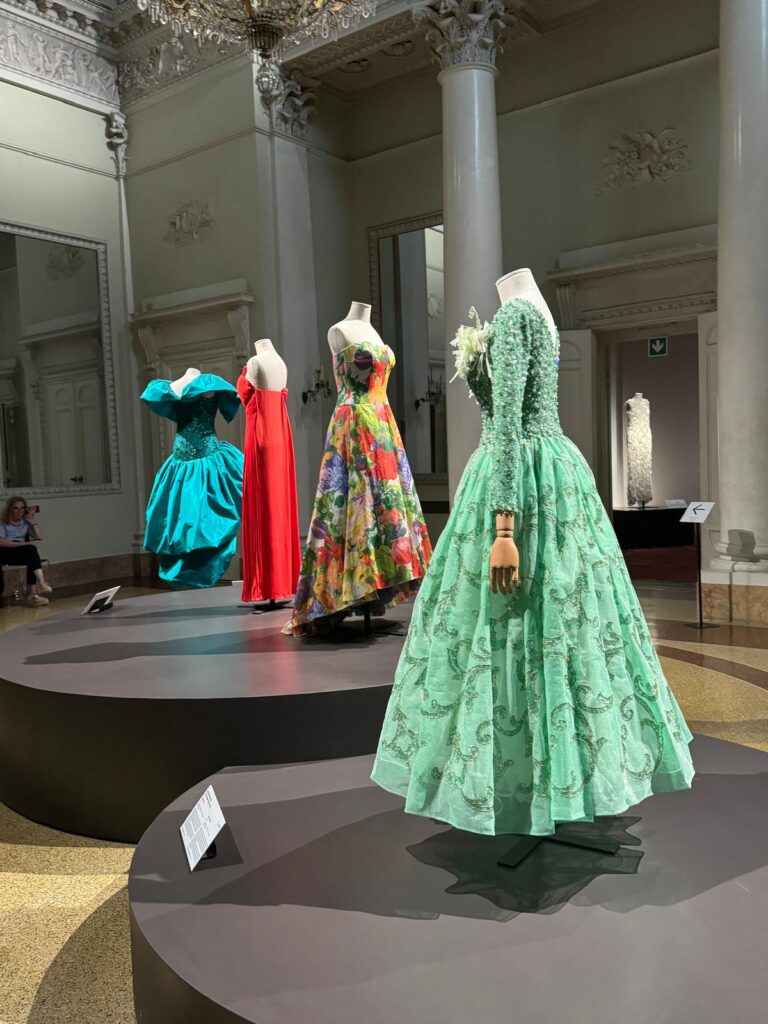
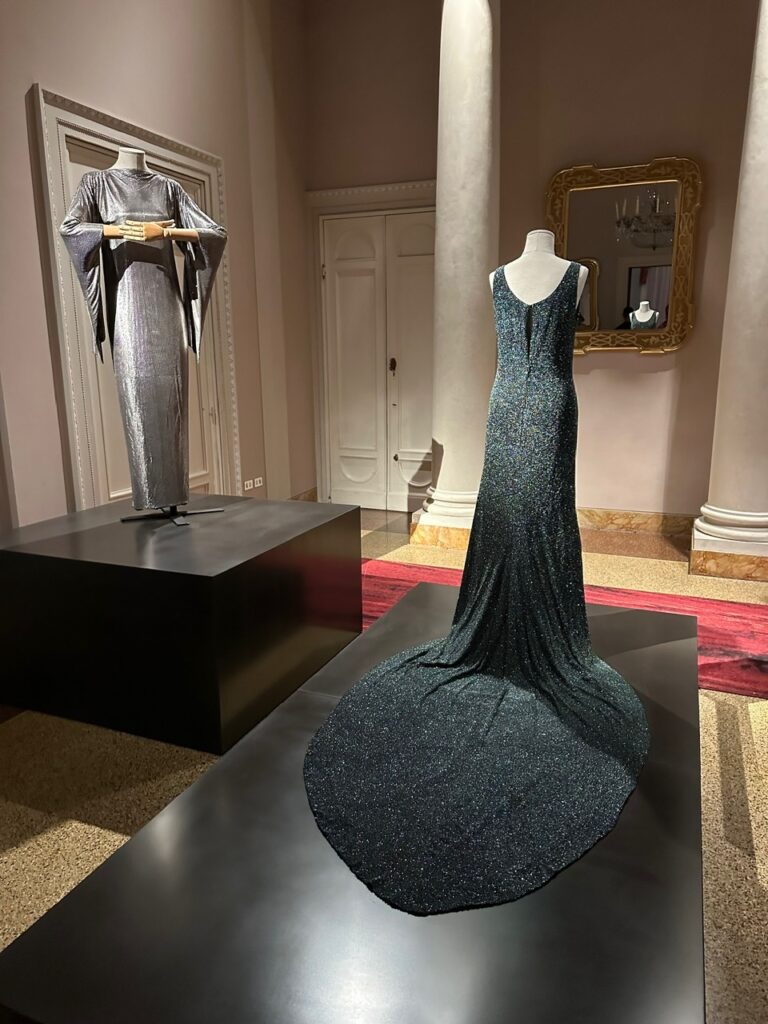
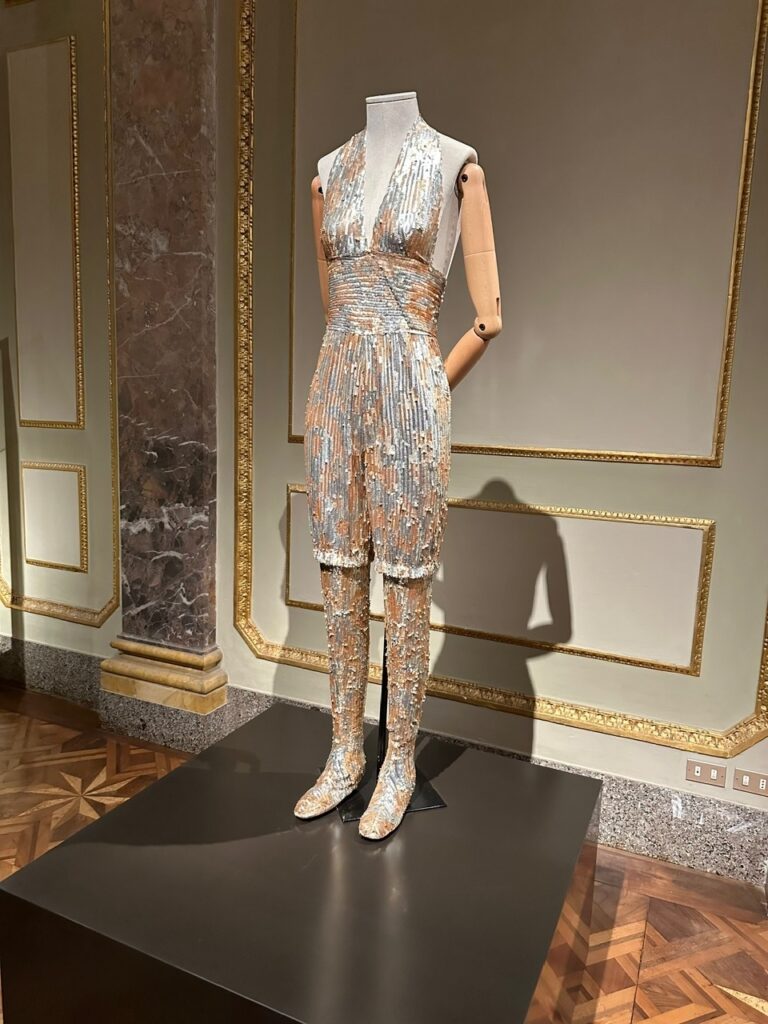
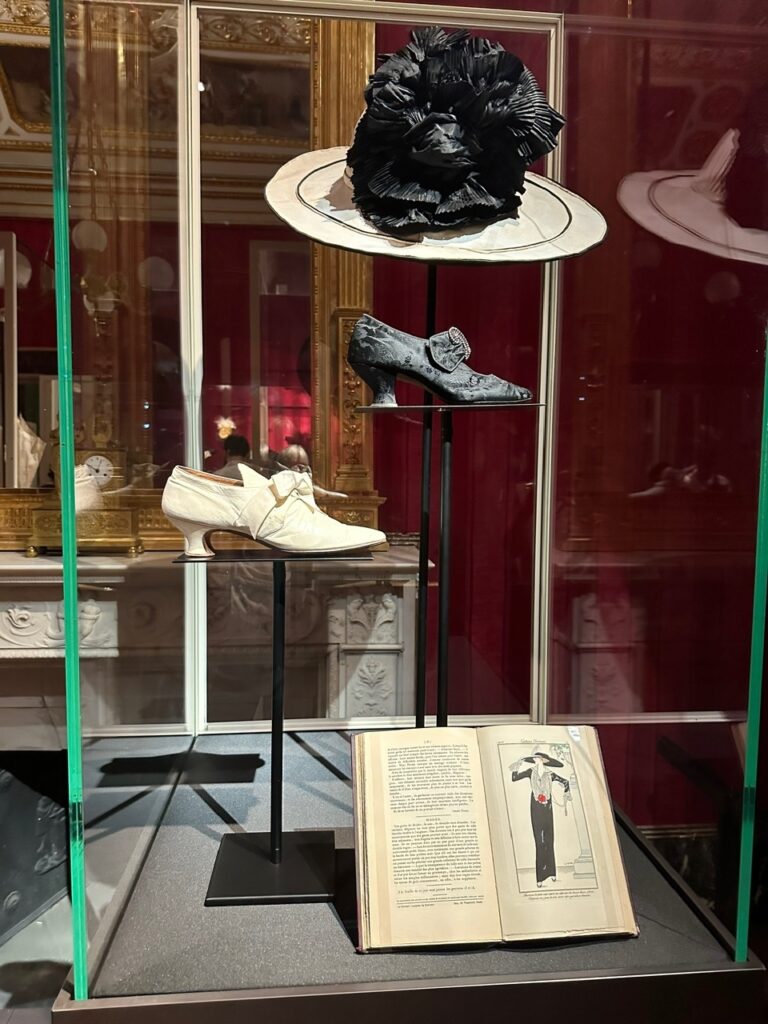
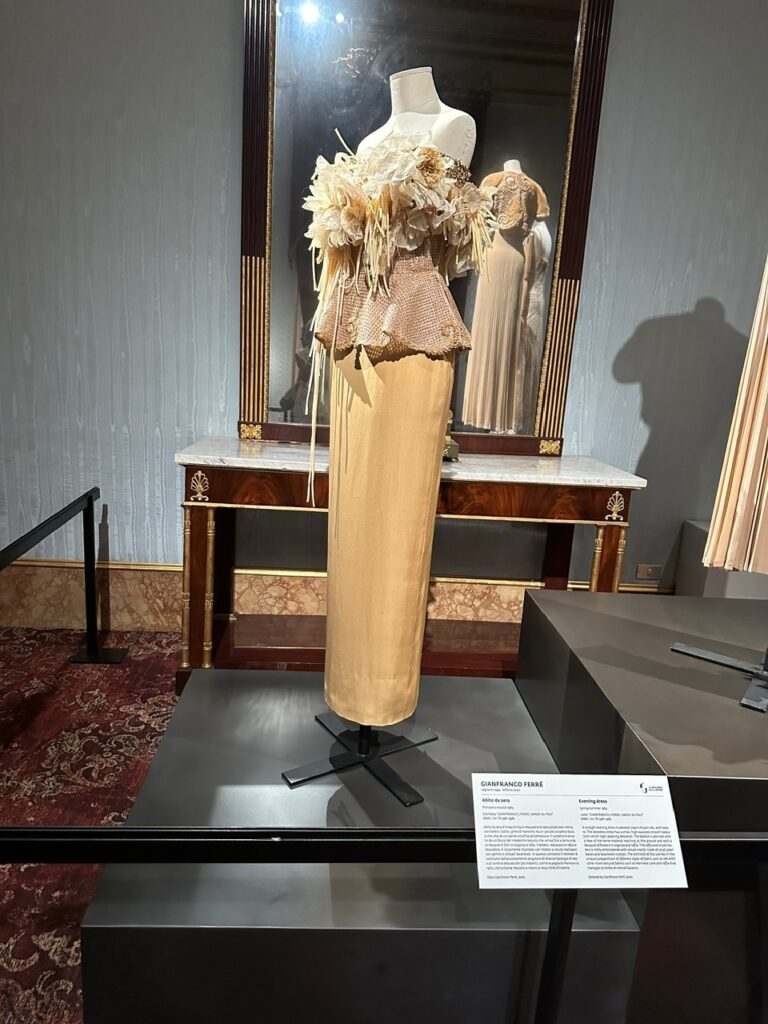
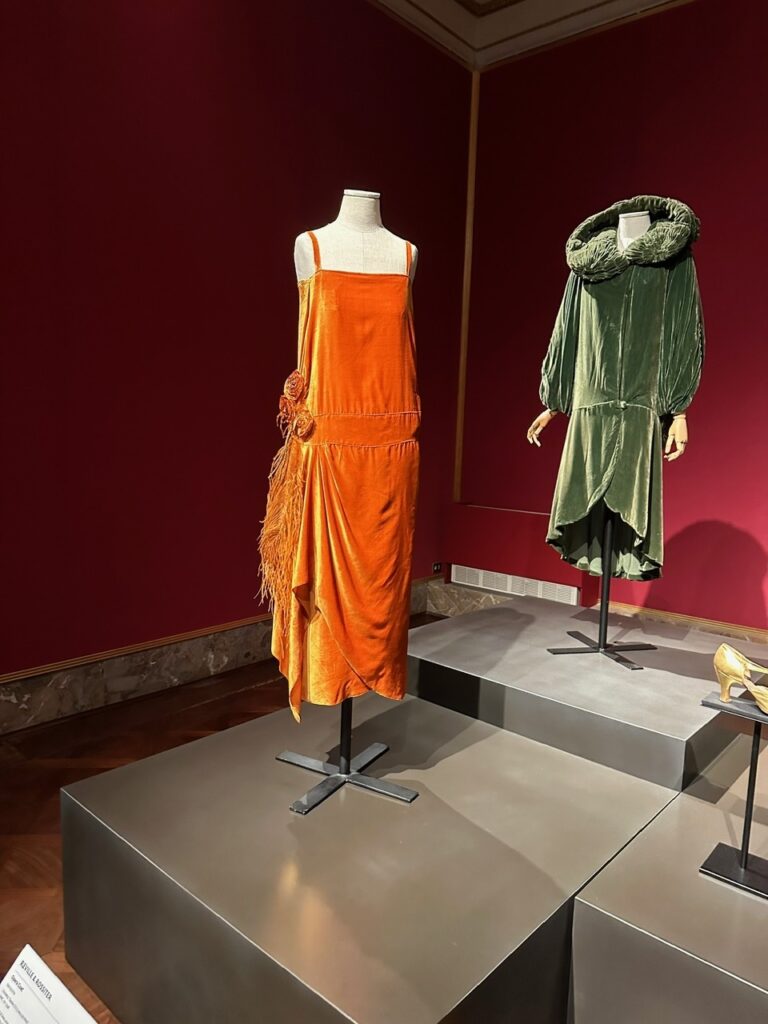
Now a bit of history and why the Fashion Museum is located in Palazzo Pitti
Seventy-three years ago, the concept of "Made in Italy" took its initial steps with the inaugural fashion show.
This historic event occurred on February 12, 1951, at Villa Torrigiani in Florence, where Giovanni Battista Giorgini orchestrated the first fashion show featuring ten Italian brands marking the genesis of the "Made in Italy" label in the realm of fashion.
The Italian aristocrat and skilled entrepreneur, affectionately known as 'Bista,' recognized the allure and flair of Italian ateliers and decided to bring them together with a distinctive event that drew in the press, buyers, and industry experts, notably including the Fontana sisters and Emilio Pucci.
The 'First Italian High Fashion Show' marked a significant milestone by disrupting the longstanding dominance of French fashion.
Italy emerges as the birthplace of fashion, producing the finest fabrics in Europe and shaping style through art, architecture, and aesthetics.
The great success achieved by ‘Bista’ prompted the mayor at that time to make the white room– or ballroom, in Palazzo Pitti available for upcoming fashion shows. This venue was chosen for its capacity to comfortably host a large number of buyers.
And this is why today, despite the Florentine fashion shows being held elsewhere– Fortezza da Basso– continues to be referred to as Pitti: ‘Pitti uomo’, ‘Pitti filati’, ‘Pitti bimbo’.
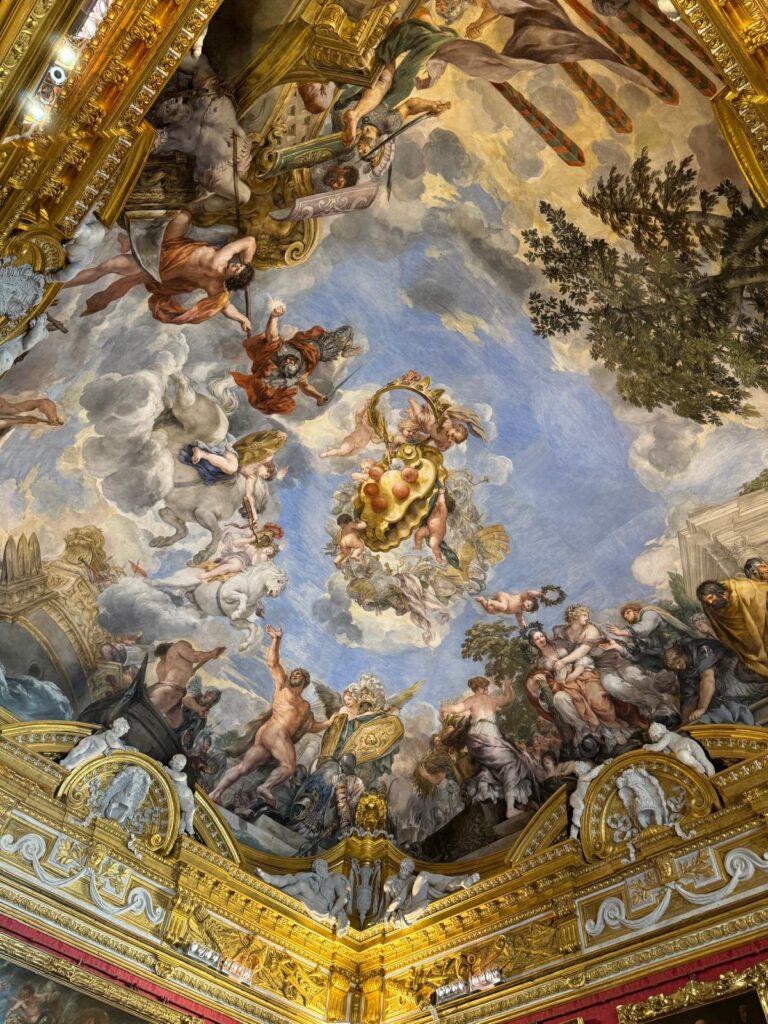
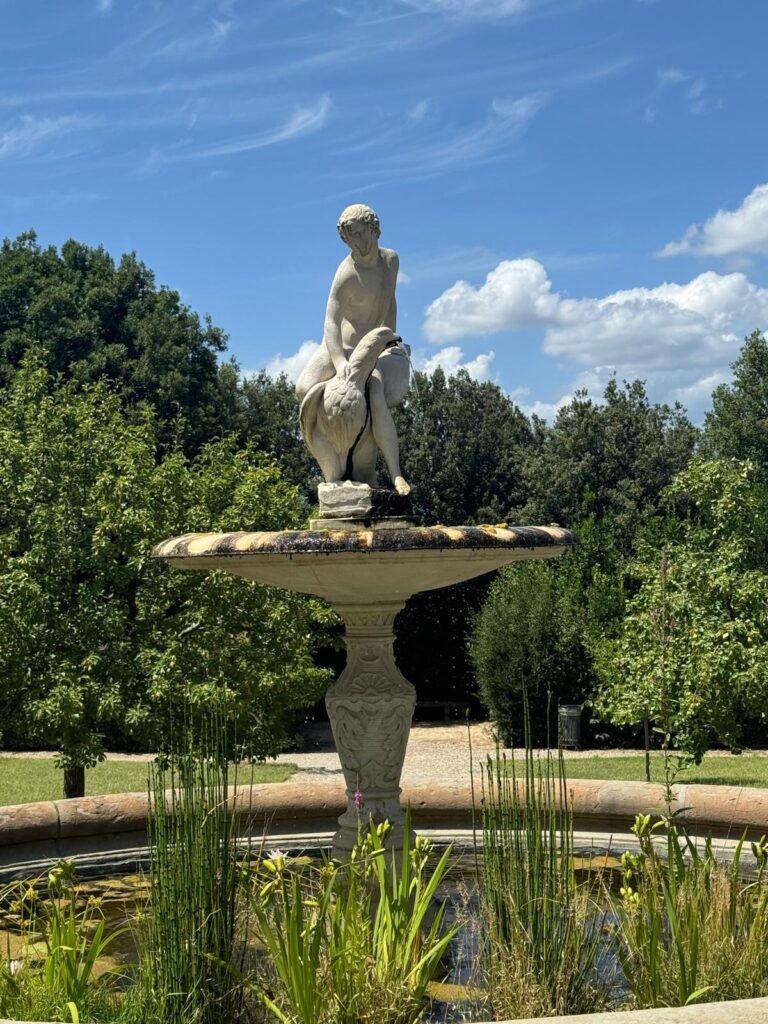
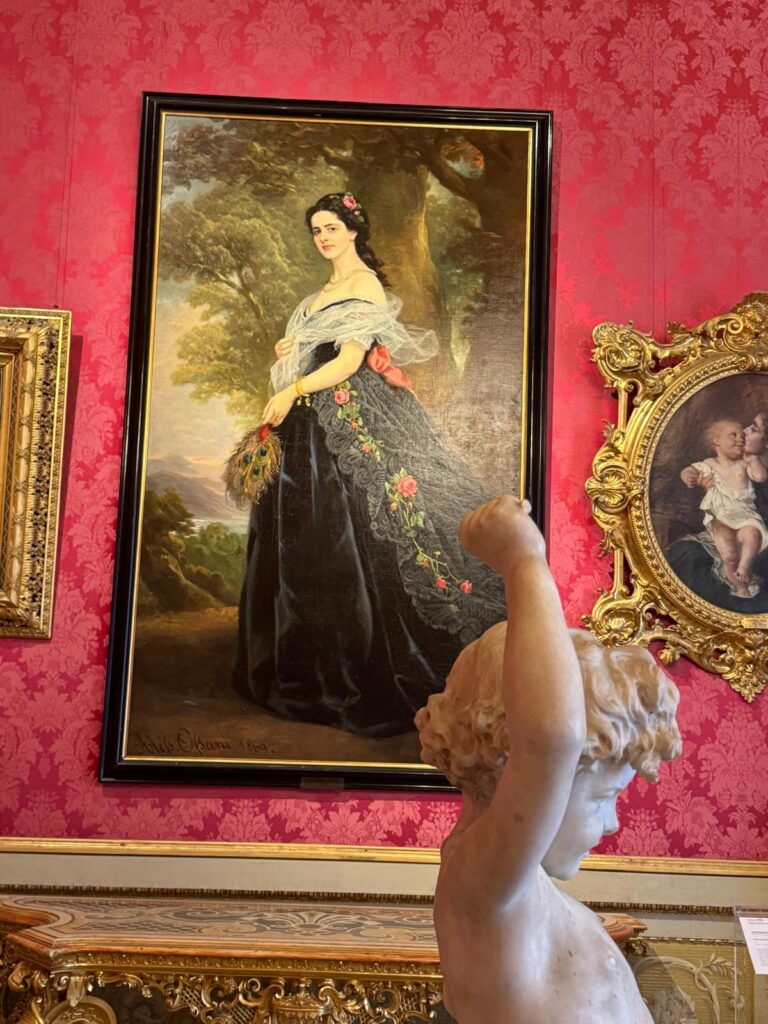
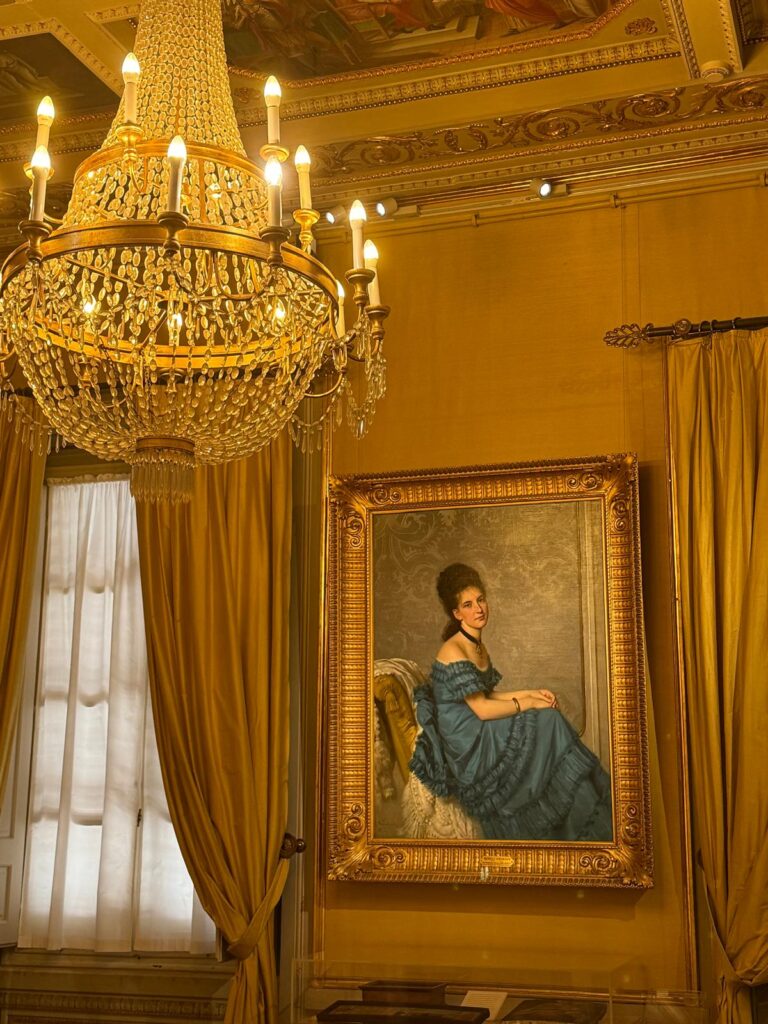
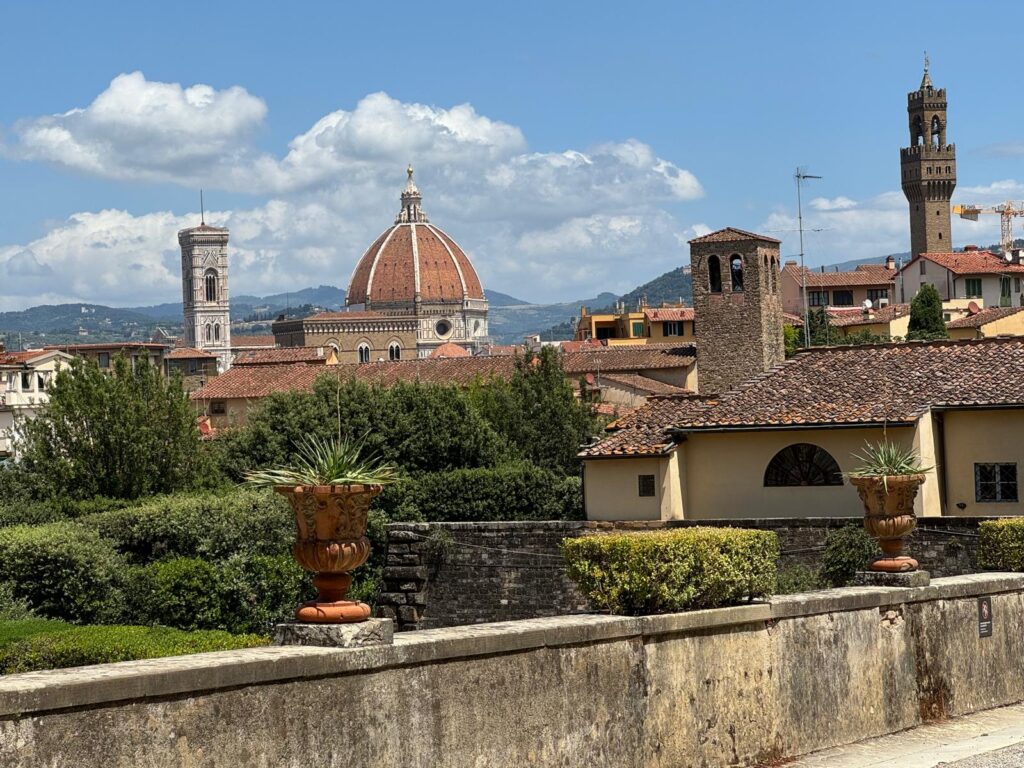
Other articles about Florence:
- Florentine Summer 2024
- The Officina Profumo-Farmaceutica di Santa Maria Novella
- Michelangelo Revealed
Scuola Leonardo da Vinci Florence
Latest posts by Scuola Leonardo da Vinci Florence (see all)
- Summer 2025 in Florence: What to Do - July 7, 2025
- Open-Air Cinema in Florence: A Summer of Films Under the Stars - June 20, 2025
- Villa Bardini and the Wisteria Blooming - May 15, 2025


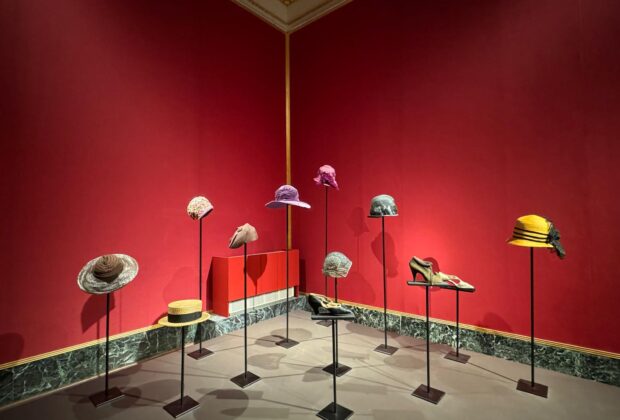
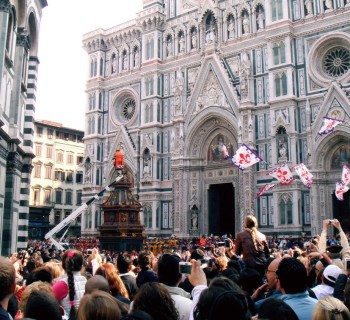
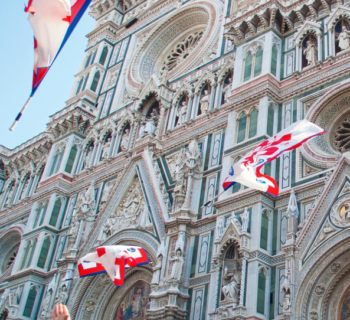

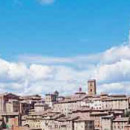


 Exclusive Black Friday deals
Exclusive Black Friday deals 
 on ou
on ou
 ITALIANO ON-AIR
ITALIANO ON-AIR parliamo delle tr
parliamo delle tr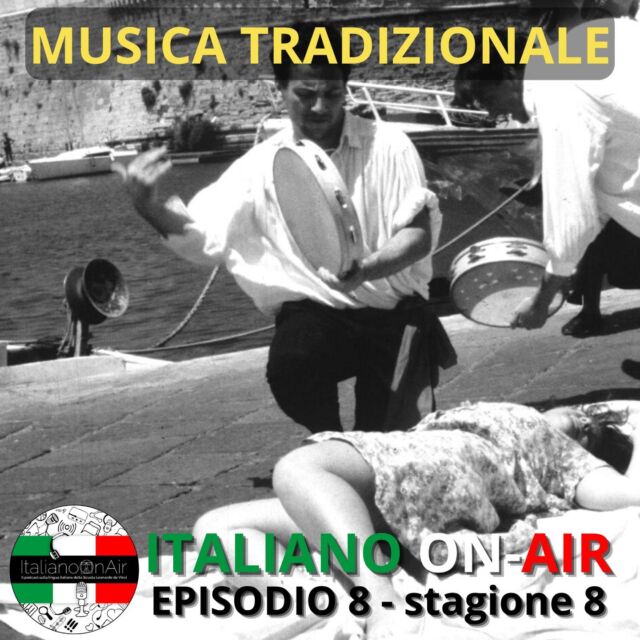
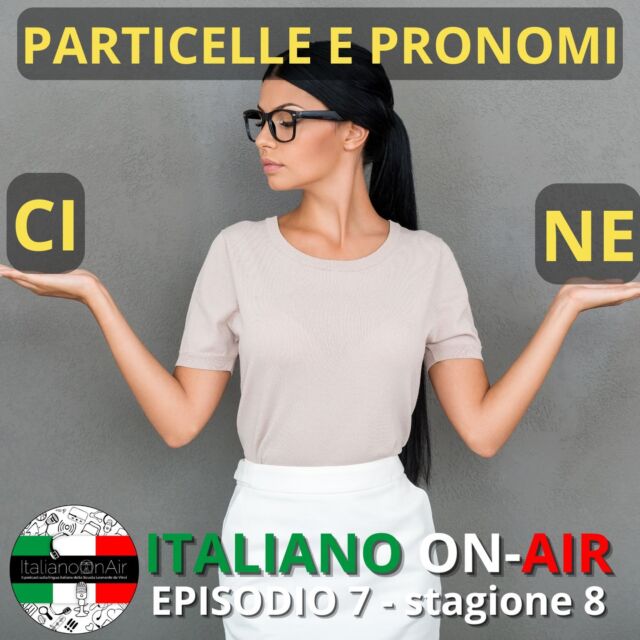

 para Aula
para Aula 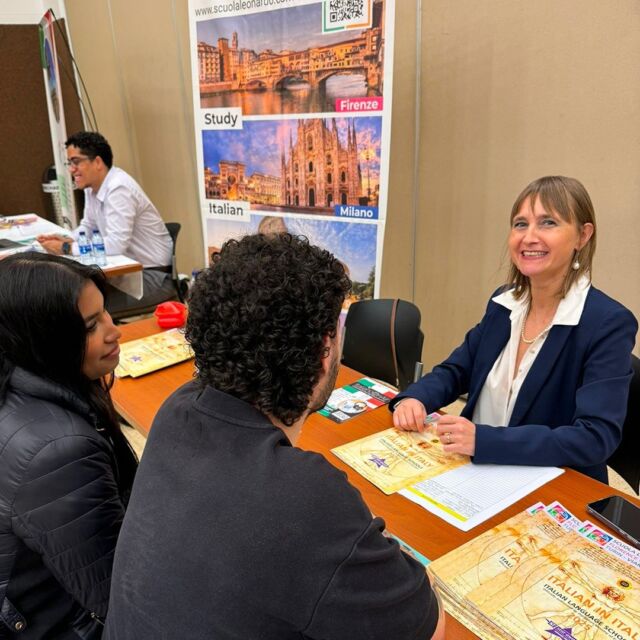
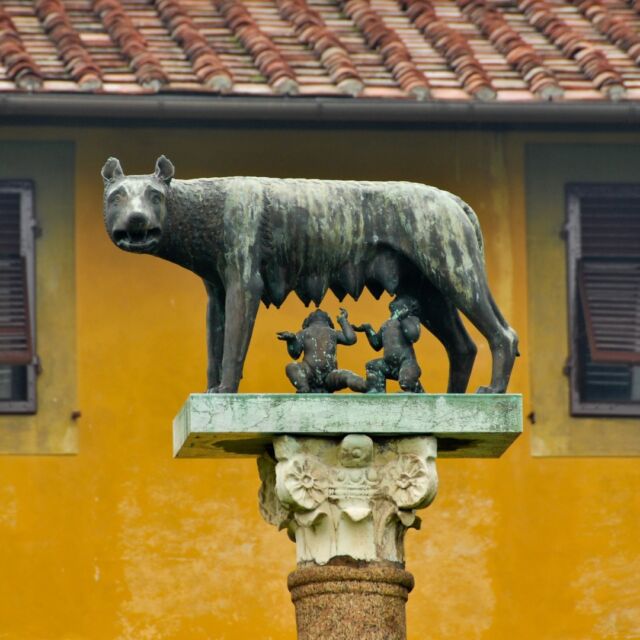
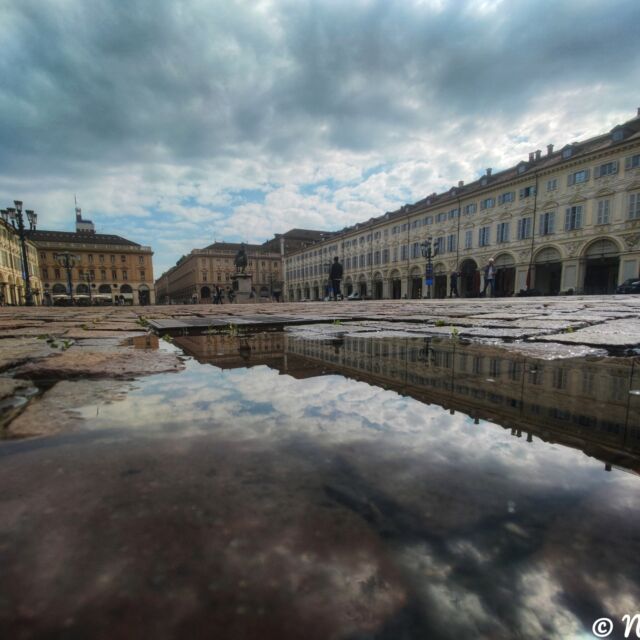
 e birra
e birra è davvero una
è davvero una 

 da @scuolaleonardoital
da @scuolaleonardoital
 ! Abbiamo
! Abbiamo 

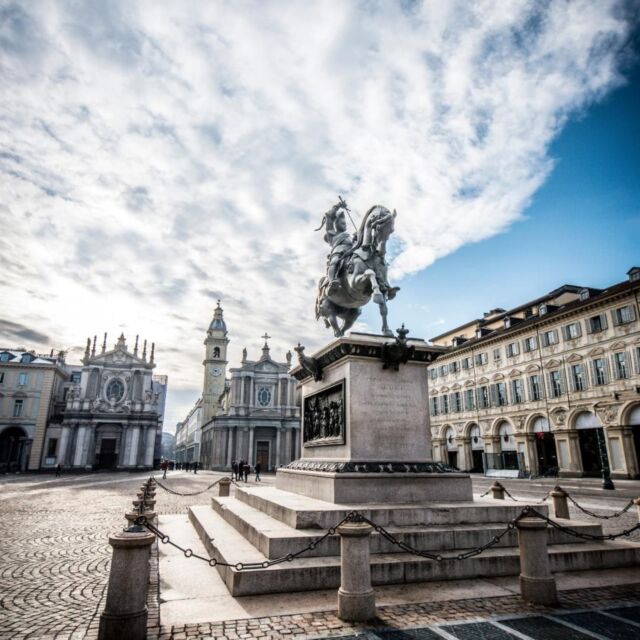

 スクオーラ・レオナルドダヴィン
スクオーラ・レオナルドダヴィン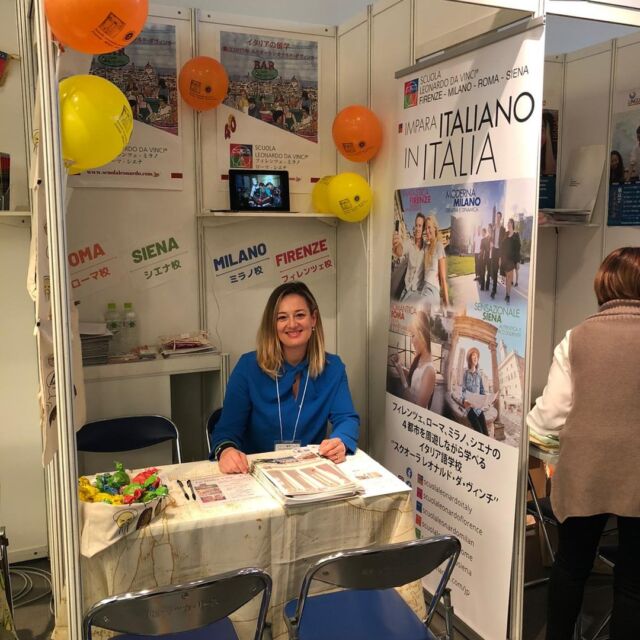
 We are
We are
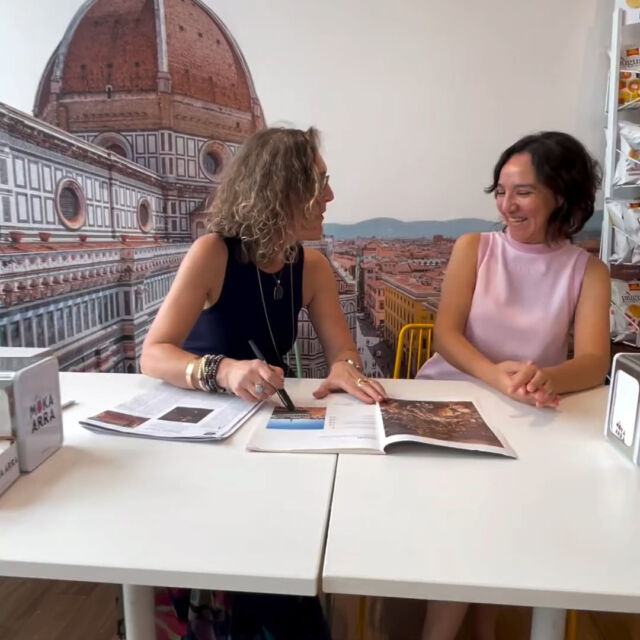
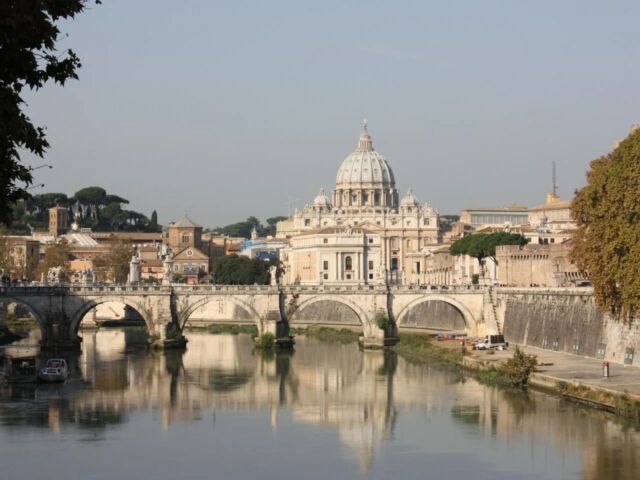
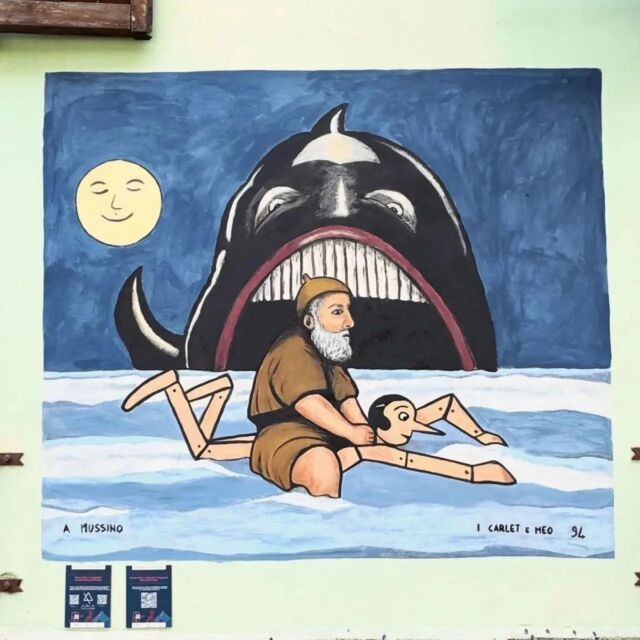
 sono appena finite e noi
sono appena finite e noi